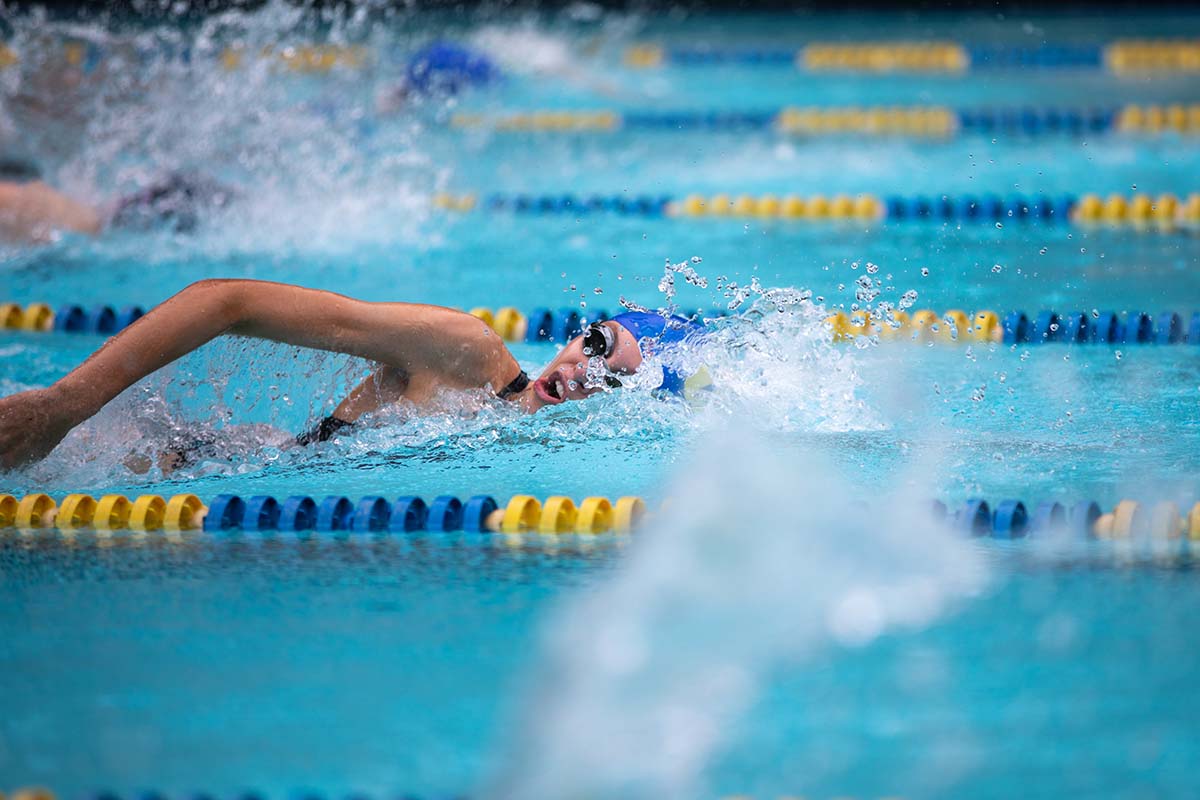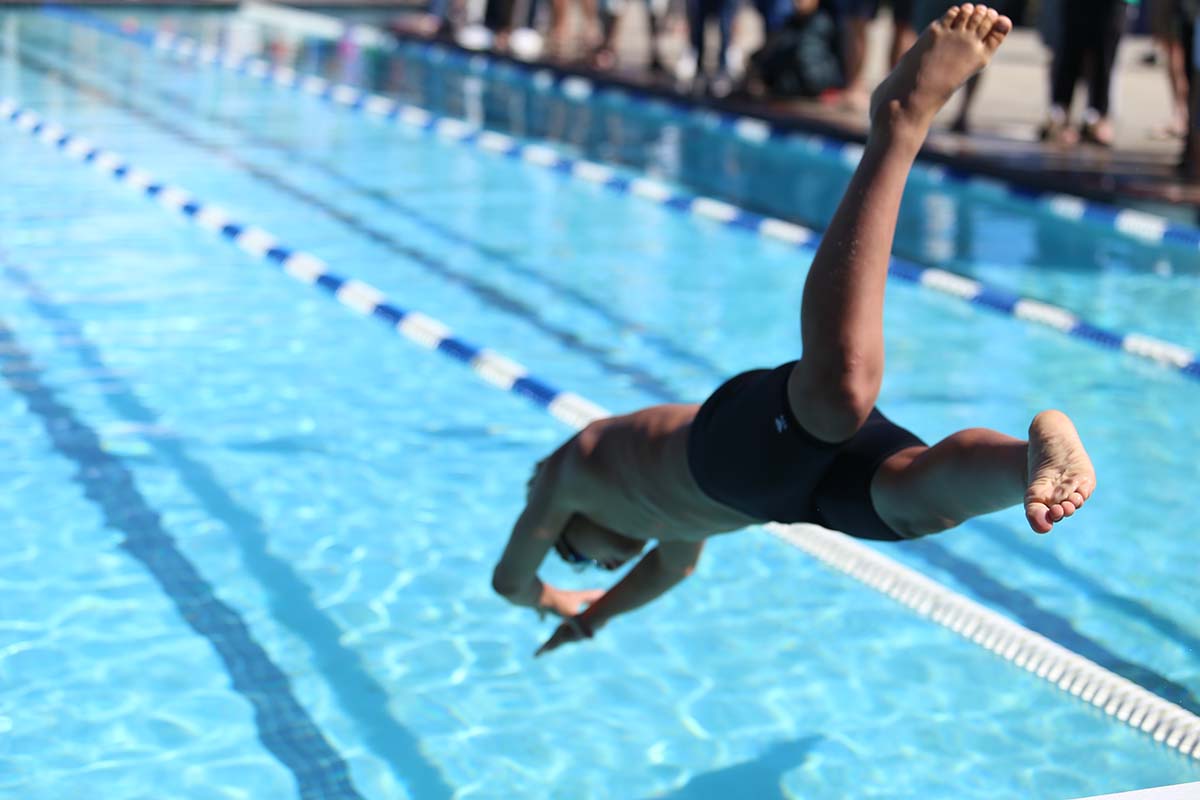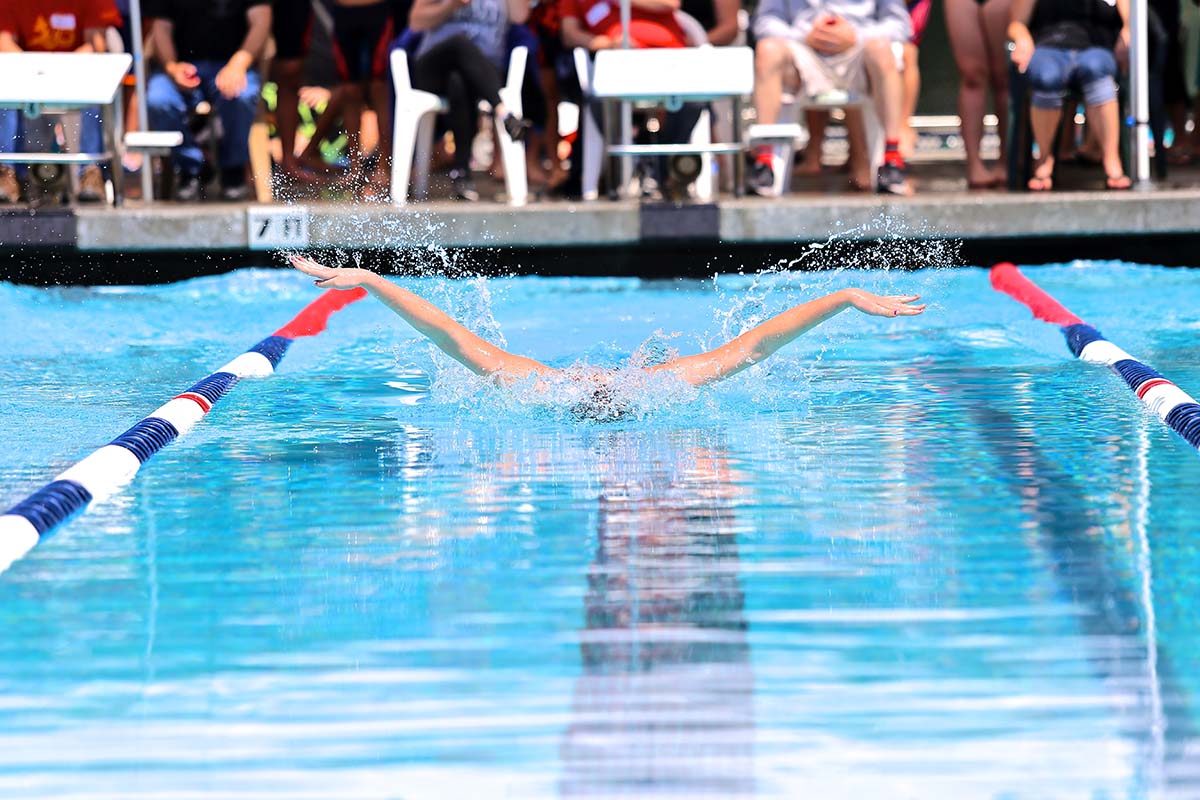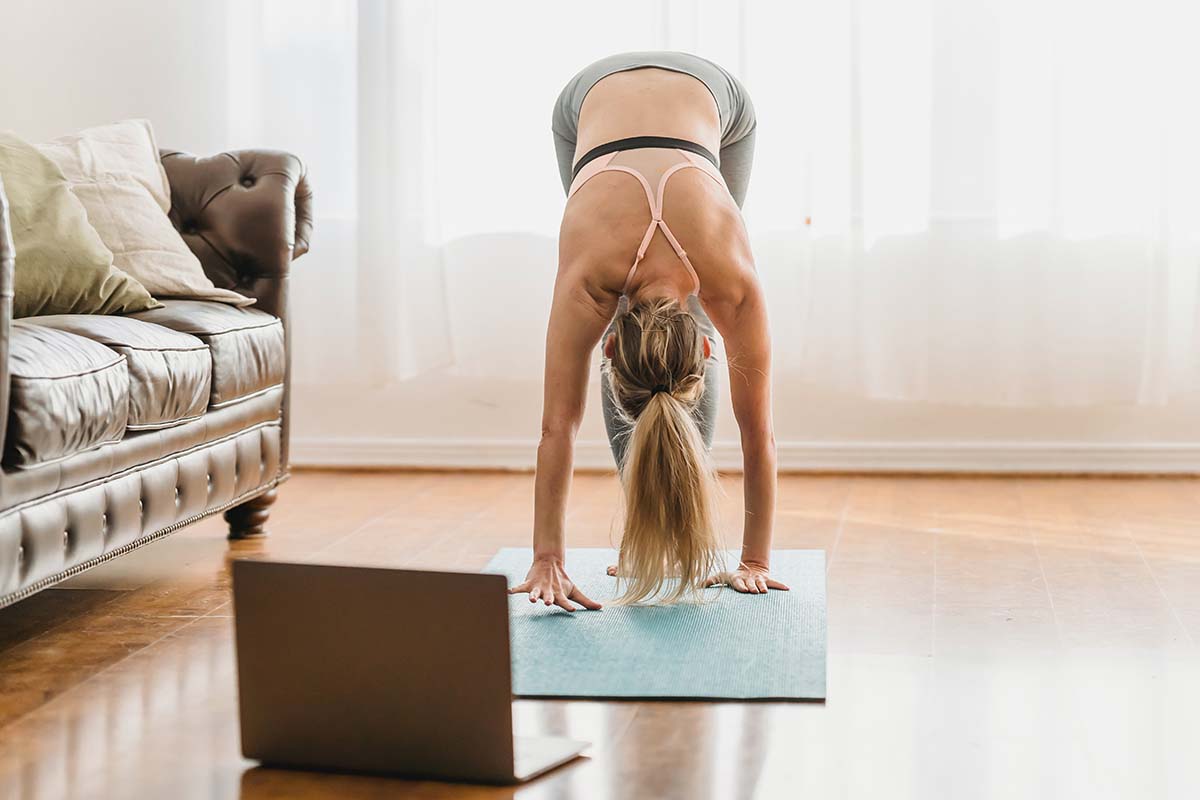How to Improve Your Swimming Technique: A Guide
Improving your swimming technique doesn’t just make you a faster swimmer; it also makes the activity more efficient and enjoyable. Whether you’re a beginner looking to gain confidence in the water or an experienced swimmer aiming to shave seconds off your lap time, this guide is designed to help you. We’ll delve into various aspects of swimming technique, from mastering the four major strokes to understanding the importance of body positioning and breathing. Let’s dive in and start making waves toward improved swimming performance.
Mastering the Four Major Strokes
Swimming comprises four major strokes: Freestyle, Backstroke, Breaststroke, and Butterfly. Each stroke has a unique rhythm and requires different muscle groups. Therefore, mastering these strokes can be a game-changer for any swimmer. It’s essential to focus on each stroke’s specific techniques and mechanics, including proper arm movement, leg kicks, and body rotation. Practice these strokes regularly and make necessary adjustments based on feedback from a coach or experienced swimmer for optimal improvement. The key is to achieve a smooth, fluid motion rather than rushing through the strokes.
For example, in Freestyle or Front Crawl, arms should rotate alternately with each stroke while keeping them extended and close to the body. For Backstroke, the arms move in a circular motion above the head while the legs kick in an alternating flutter kick. Breaststroke involves simultaneous arm movements and a frog-like leg kick, whereas Butterfly requires a powerful dolphin kick and coordinated arm movement. Mastering these strokes will improve your technique and help you swim faster and more efficiently.
Body Positioning and Balance
Body positioning plays a crucial role in swimming technique. Maintaining proper body alignment helps reduce drag and allows for efficient movement through the water. The key is to keep your body horizontal with your head facing down, looking at the bottom of the pool. Your hips should be near the surface, and your legs should be extended behind you. Keep your core engaged for stability and balance, especially during turns and when transitioning between strokes.
A lot of beginners tend to hold their breath while swimming, which can cause them to sink or feel fatigued quickly. Proper breathing technique involves exhaling through the nose or mouth when your face is submerged and taking quick inhales through the mouth when you turn your head to breathe. Practice this rhythm until it becomes second nature.
The Benefits of Attending a Swim School
Attending a swim school can significantly boost your swimming technique and overall performance. One of the primary benefits is the guidance of experienced coaches who can provide personalized training plans and feedback, helping you refine and develop your strokes.
They can spot any flaws in your swim strokes that you might not be aware of and provide corrective measures. In addition, swim schools offer a structured learning environment that allows you to progress at a steady pace, with levels ranging from beginner to advanced.
Furthermore, swim schools often have state-of-the-art facilities and resources, including swimming pools of varying depths and sizes, training equipment, and often, video analysis technology. This technology allows both swimmers and coaches to analyze strokes in real-time or slow motion, facilitating a deeper understanding of one’s swimming technique and areas of improvement.
Breathing Techniques
Proper breathing is a crucial aspect of the swimming technique that often goes unnoticed. It’s essential to establish a regular breathing pattern for each stroke, whether it’s bilateral (breathing on both sides) or unilateral (breathing on one side). The key is to exhale continuously while your face is submerged and take quick, controlled breaths when you turn your head to the side. This not only helps oxygenate your body but also allows for better body rotation and balance.
When it comes to diving into the pool or doing flip turns, proper breath control is also essential. Take a deep breath before submerging yourself and release small amounts of air as you swim underwater. This will help you maintain a streamlined position and reduce drag. For flip turns, exhale through your mouth as you push off the wall and inhale quickly after resurfacing.
Arm Movement and Timing
Arm movement is a crucial component of swimming technique that often takes time and practice to perfect. Each stroke has its specific arm movement pattern, but one common factor is the importance of timing. Namely, your arms should work in opposition, meaning while one arm is pulling through the water, the other arm is recovering out of the water, ready to start its pull. This allows for a continuous motion that maximizes efficiency and speed.
Focusing on proper hand and finger positioning is essential, which can greatly impact your stroke’s power. Keep your fingers together and slightly cupped to create a paddle-like effect as you pull through the water. And remember to finish each stroke with a complete extension of your arm before starting the next one. Work on your timing and arm movement in conjunction with body rotation and kicking for a smooth and efficient stroke for the best results.
How to Improve Swimming Technique: Leg Kicks and Propulsion
In swimming, your legs serve as a powerful engine driving you forward. Regardless of the stroke, a strong and well-executed kick is essential for maintaining speed and stability. Each swimming stroke requires a specific kicking technique, and mastering these can significantly improve your swimming performance.
In both Freestyle and Backstroke, swimmers utilize an alternating flutter kick. The key is maintaining relatively straight legs, initiating the kick from the hips while keeping the feet relaxed. In Breaststroke, the kick is more intricate and often likened to the motion of a frog. The legs should bend at the knees, then sweep out and back in a circular motion. Butterfly stroke involves a simultaneous dolphin kick, with both legs moving up and down in unison, mimicking the movement of a dolphin’s tail.
Incorporating regular leg strength and flexibility exercises into your training routine is of utmost importance. This will enhance the power and endurance of your kick, ensuring that your legs remain an effective propulsion tool throughout your swim. Practice your kicks with a kickboard for focused technique training and isolated workout sessions.
In conclusion, improving your swimming technique involves mastering various skills, from executing the four major strokes to managing body positioning, breathing, arm movements, and leg kicks. Attending a swim school can provide invaluable guidance and resources to facilitate this learning process. Remember, swimming is as much a science as it is an art, and achieving an efficient, smooth technique requires time, practice, and patience. But with perseverance and the right training methods, you can certainly enhance your swimming performance, making each swim more rewarding and enjoyable. So dive in, make waves, and swim your way to success!





















